Vulnerable Energy

How do climate and environmental policies address the needs of vulnerable communities and ecosystems ?
Climate and environmental policies are essential for addressing the needs of vulnerable communities and ecosystems. These policies aim to reduce emissions and pollution, protect natural resources, build resilience and adaptation capacity, and promote environmental justice. By implementing measures such as promoting renewable energy sources, establishing protected areas, providing funding for climate adaptation projects, and ensuring equitable access to clean energy technologies, these policies can significantly improve the health and quality of life for vulnerable communities while also contributing to global efforts to combat climate change.

How can climate finance be made more equitable and accessible to vulnerable communities ?
Climate finance plays a crucial role in addressing the challenges posed by climate change. However, ensuring that this finance is equitable and accessible to vulnerable communities requires a multi-faceted approach. Here are some strategies that can be employed: 1. Prioritize Vulnerable Communities: Identify and target vulnerable communities, allocate adequate resources, develop targeted programs and initiatives that address their needs. 2. Enhance Capacity Building: Provide training and education on climate change mitigation and adaptation strategies tailored to the needs of vulnerable communities, build institutional capacity, strengthen partnerships between governments, civil society organizations, and community groups to ensure coordinated efforts in capacity building. 3. Promote Participatory Approaches: Encourage community participation in the design, implementation, and monitoring of climate finance projects, enhance transparency and accountability, hold stakeholders accountable for meeting agreed-upon targets and milestones related to climate finance distribution and utilization. 4. Leverage Technology and Innovation: Utilize digital platforms where vulnerable communities can access information about available climate finance opportunities and apply for funding, use mobile technology to reach remote areas and provide real-time updates on project progress and outcomes, encourage innovative solutions that address the unique challenges faced by vulnerable communities, support research and development initiatives focused on creating new tools and methodologies for improving climate finance accessibility and equity. 5. Collaborate with Stakeholders: Engage with private sector entities to leverage their resources and expertise in delivering climate finance solutions to vulnerable communities, establish public-private partnerships aimed at increasing investment in sustainable projects benefiting these communities, partner with international organizations like the World Bank or UN agencies to secure additional funding and technical support for climate finance initiatives targeting vulnerable communities, harness the expertise of international NGOs working in similar fields to share best practices and lessons learned from successful projects globally.
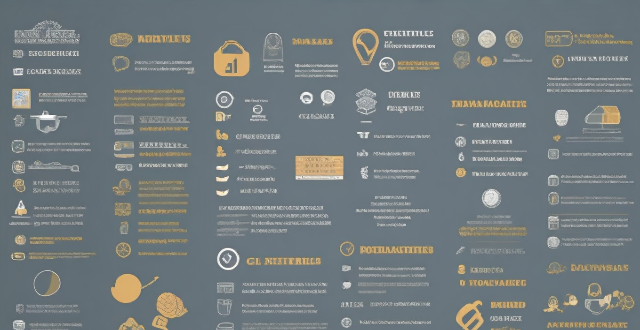
How do climate change negotiations address the needs of vulnerable communities ?
Climate change disproportionately affects vulnerable communities, such as those living in poverty or low-lying coastal areas. It is crucial for climate change negotiations to address their needs and ensure that they are not left behind in the fight against climate change. This involves recognizing the impact of climate change on these communities, incorporating vulnerability into climate change negotiations, providing access to information and participation in decision-making processes, offering financial and technical support for adaptation measures, ensuring just transitions away from high-emission industries, and promoting resilience and sustainable development. By doing so, vulnerable communities can become more resilient to future climate change impacts and contribute to a more equitable and sustainable world.

How can we involve vulnerable communities in climate action planning and implementation ?
Involving vulnerable communities in climate action planning and implementation is crucial for creating effective, equitable, and sustainable solutions to the climate crisis. Here's how we can ensure their involvement: 1. Identify and engage with vulnerable communities through community meetings, workshops, and consultations. 2. Build trust and capacity within these communities by involving them in decision-making processes, providing regular updates on progress, demonstrating transparency and accountability, and offering training programs on climate change science, policy advocacy, and project management skills. 3. Collaborate with vulnerable communities to develop solutions that address their specific needs and priorities while being culturally sensitive and respectful of local traditions and practices. 4. Regularly monitor progress towards climate action goals and evaluate the impact of initiatives on vulnerable communities by collecting data on changes in environmental conditions, economic opportunities, and social wellbeing, as well as seeking feedback from community members.

What role do governments play in addressing the climate emergency ?
Governments play a crucial role in addressing the climate emergency through legislation and policy making, investment in research and development, public awareness and education, international cooperation, and protection of vulnerable communities. These actions include setting emission reduction targets, promoting renewable energy sources, funding clean energy technologies, raising public awareness, coordinating global efforts, and supporting vulnerable populations affected by climate change.

What role does climate justice play in addressing the impacts of climate change on vulnerable communities ?
Climate justice is crucial for addressing the disproportionate impacts of climate change on vulnerable communities. It emphasizes equity, fairness, sustainability, participation, and transparency in environmental policies and practices. Vulnerable communities face unique challenges due to limited resources and dependence on natural resources. Key principles of climate justice include equity, fairness, sustainability, participation, and transparency. Strategies for achieving climate justice involve inclusive policy making, capacity building, access to finance, technology transfer, information dissemination, strengthening institutions, and promoting resilience. Collaborative efforts at various levels can help achieve a more equitable and resilient world for all.
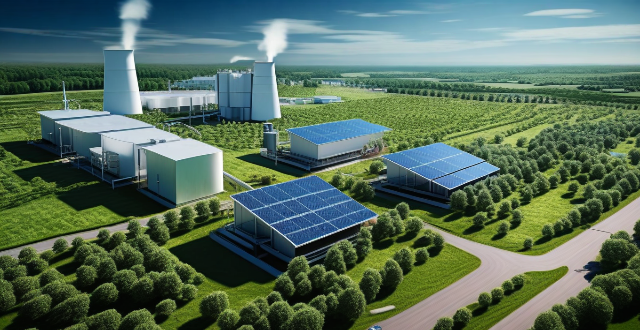
How do renewable energy sources contribute to industrial energy efficiency improvements ?
Renewable energy sources like solar, wind, hydropower, biomass, and geothermal power play a crucial role in enhancing industrial energy efficiency. They offer benefits such as reduced greenhouse gas emissions, lower operating costs, and increased reliability. By adopting these technologies, businesses can reduce their reliance on fossil fuels, increase energy independence, and contribute to a more sustainable future.

How does clean energy investment compare to traditional energy investment ?
Investing in energy sources is crucial for the development and growth of any economy. However, the choice between clean energy investment and traditional energy investment has become a significant topic of discussion in recent years. This comparison will explore the differences between these two types of investments, focusing on their costs, benefits, and potential impacts on the environment and society.

What is energy transition and why is it important ?
Text: Energy transition is the shift from traditional to renewable energy sources, important for reducing greenhouse gas emissions, promoting sustainable development, and improving energy security. Benefits include economic growth, environmental protection, and social progress.
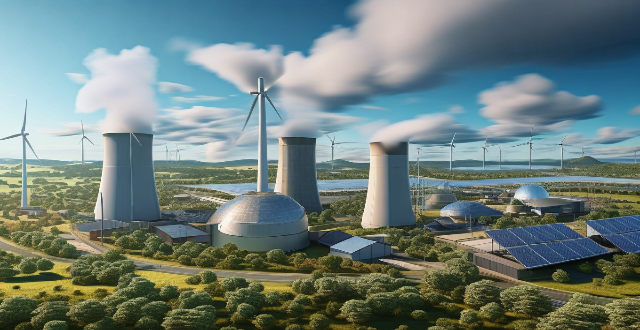
What role do renewable energy sources play in distributed energy systems ?
Renewable energy sources are crucial for distributed energy systems due to their clean, sustainable nature and local generation capabilities. They reduce carbon emissions, enhance energy security, promote local economic development, improve energy efficiency, and enable innovation in these systems.
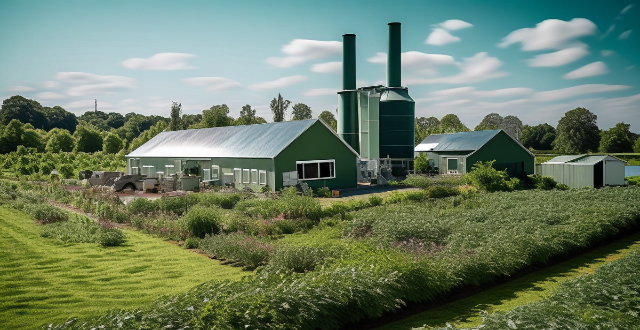
What are the benefits of investing in clean energy ?
Investing in clean energy offers benefits including reduction in greenhouse gas emissions, job creation, energy security, health benefits, and cost savings. It is a smart investment that aligns with our responsibility to protect the environment for future generations.
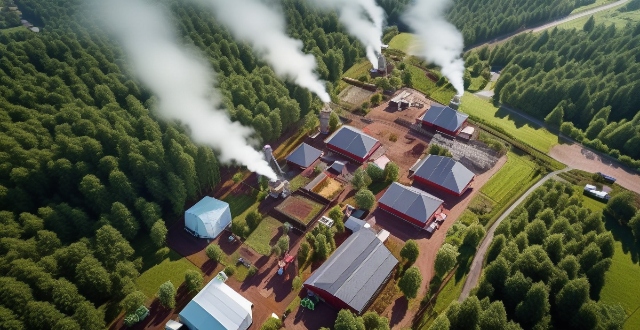
What role do renewable energies play in enhancing energy security and mitigating climate change ?
Renewable energies enhance energy security and mitigate climate change by diversifying energy sources, providing sustainable and reliable energy supplies, enabling decentralized energy production, reducing greenhouse gas emissions, promoting clean air and water, and conserving natural resources.
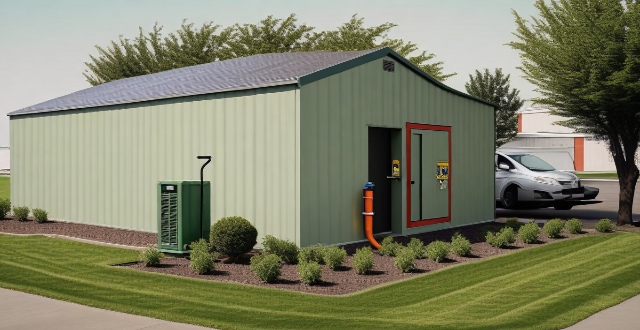
What is the relationship between energy efficiency and climate change, and how can it contribute to energy security ?
Energy efficiency is crucial for mitigating climate change and enhancing energy security. It reduces greenhouse gas emissions by decreasing fossil fuel consumption, lowering energy production needs, and promoting renewables. Energy efficiency also contributes to energy security by diversifying sources, reducing costs, and improving system reliability.

How can we ensure that climate change mitigation efforts do not disproportionately affect vulnerable populations ?
Climate change is a global issue that requires immediate action. However, it is important to ensure that the mitigation efforts do not disproportionately affect vulnerable populations. To achieve this, policymakers should prioritize equity in policymaking, promote sustainable development, encourage community involvement, provide education and training, and establish social safety nets. By taking these steps, we can work towards a more equitable and sustainable future for all.

What are the benefits of the Clean Energy Revolution ?
The Clean Energy Revolution is a significant transformation that brings numerous benefits, including a healthier environment and population, economic growth and sustainability, enhanced energy security and efficiency, and innovation and technological progress. It reduces pollution and improves public health, creates jobs and opportunities, makes energy more secure and efficient, and fosters international cooperation and technological advancements. The revolution promises a more sustainable and equitable world for humanity to thrive in without compromising the planet's health.

How can individuals contribute to the Clean Energy Revolution ?
The Clean Energy Revolution is a global effort to transition from traditional fossil fuels to renewable energy sources. Individuals can contribute to this cause by adopting renewable energy sources, implementing energy-efficient practices, supporting clean energy policies and initiatives, and raising awareness and educating others. By taking these actions, individuals can play an active role in the Clean Energy Revolution, contributing to a sustainable future for all.
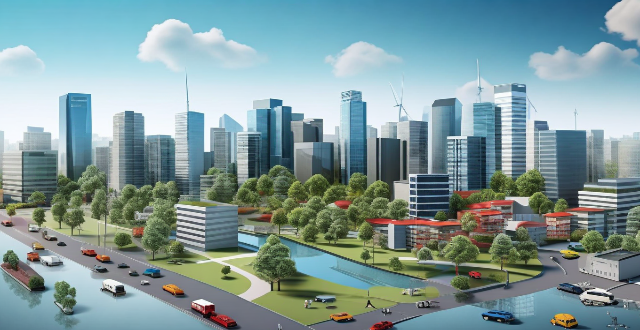
How can developing countries benefit from implementing renewable energy solutions ?
Renewable energy solutions offer significant benefits for developing countries, including reduced energy costs, job creation, improved health and environmental quality, increased energy security, and climate change mitigation. By investing in renewable energy infrastructure, these countries can build more sustainable and prosperous futures for themselves and their citizens.

What role do renewable energy sources play in combating climate change ?
Renewable energy sources play a crucial role in combating climate change by reducing greenhouse gas emissions, promoting sustainable development, creating job opportunities, and enhancing energy security. Solar, wind, hydropower, and other renewable energy sources are clean and sustainable alternatives to fossil fuels. By investing in these sources, we can slow down the rate of climate change and create a cleaner, more sustainable future for all.

How can we ensure that climate change adaptation measures are equitable and just ?
The topic of ensuring equitable and just climate change adaptation measures is crucial for protecting vulnerable communities, avoiding inequality amplification, and promoting sustainability. Key principles include prioritizing the most vulnerable, transparency and public participation, equitable resource allocation, legislative and policy support, capacity building and education, and international cooperation. Implementing these principles involves assessment and planning, integration with development goals, and monitoring and evaluation. By following these guidelines, we can ensure that adaptation measures are fair and just for all.

What are the benefits of using a distributed energy system ?
Distributed energy systems (DES) have become increasingly popular due to their numerous benefits. These systems can include solar panels, wind turbines, micro-hydro plants, and other renewable energy sources. The key benefits of using a distributed energy system are increased energy efficiency, lower energy costs, improved reliability and resilience, environmental sustainability, encouragement of local economy and job creation, promotion of energy independence and security, and flexibility and scalability. Adopting a distributed energy system brings numerous benefits ranging from increased efficiency and cost savings to improved reliability, environmental sustainability, economic development, and energy security.
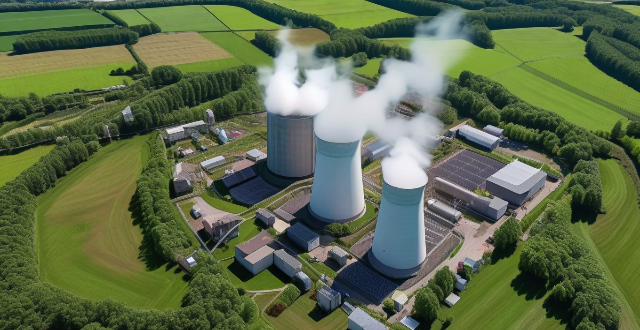
What is the role of renewable energy in reducing greenhouse gas emissions ?
Renewable energy sources like solar, wind, hydro, and geothermal power are crucial in reducing greenhouse gas emissions as they produce significantly fewer carbon emissions than fossil fuels. These abundant and sustainable sources can be replenished naturally, creating a more sustainable future. Investing in renewable energy also brings economic benefits by decreasing technology costs and stimulating local economies. Renewable energy improves air quality by not producing harmful pollutants associated with fossil fuel combustion. It plays a vital role in mitigating the effects of climate change by reducing greenhouse gas emissions. By transitioning to a low-carbon economy powered by renewable energy, we can avoid the worst impacts of climate change.

What impact does decentralized renewable energy have on the electric grid ?
Decentralized renewable energy sources, such as solarDecentralized renewable energy sources, such as solarbines, have a significant such as solar panels and wind turbines, have a significant impact on the electric grid. They reduce dependence on centralized generation, affect grid stability and reliability, require infrastructure changes, have economic implications, provide environmental benefits, and empower communities. As technology advances and costs decrease, decentralized renewable energy is expected to be increasingly adopted worldwide, offering numerous benefits in terms of sustainability, development, and community control over energy sources.
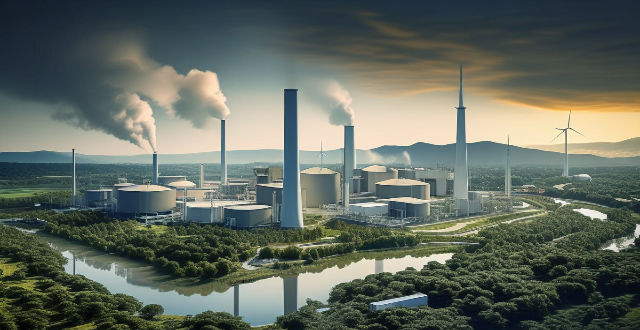
What is the impact of renewable energy on emission reduction goals ?
The shift to renewable energy sources such as solar, wind, hydro, and geothermal power is vital for reducing greenhouse gas emissions and achieving global emission reduction goals. This transition brings multiple benefits including decreased reliance on fossil fuels, improved air quality, enhanced energy security, economic stimulation through job creation and long-term cost savings, technological innovation leading to reduced costs, and significant contributions to mitigating climate change. As technology advances and economies of scale are achieved, renewable energy's role in facilitating further progress toward emission reduction objectives will become increasingly important.

How does climate loss and damage affect vulnerable communities ?
The text discusses the impact of climate loss and damage on vulnerable communities. It highlights that these impacts are multifaceted and can be categorized into various sectors including health, agriculture, infrastructure, and social stability. The health impact includes direct and indirect risks from extreme weather events and disruptions to food and water security. The agricultural impact involves crop failures due to changes in precipitation and temperature patterns, leading to loss of livelihoods and increased food prices. Soil degradation also reduces land productivity. Infrastructure damage includes coastal erosion and inland flooding, causing property loss, disruption of services, and repair costs. Social stability is affected by displacement due to environmental changes and economic strain from adapting to climate change. The conclusion emphasizes that addressing these challenges requires global cooperation and targeted support to build resilience and protect those most at risk.
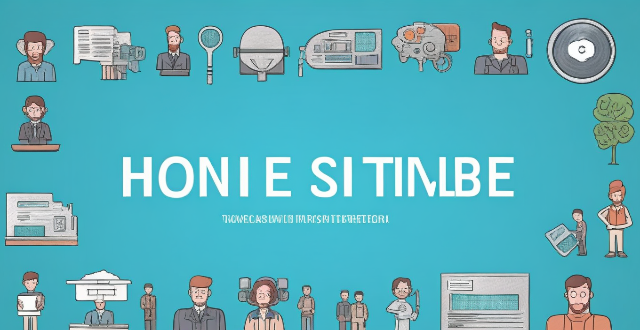
How can we ensure that the benefits of sustainable development reach everyone, including the most vulnerable groups ?
The text discusses how sustainable development can be ensured to reach everyone, including the most vulnerable groups. It suggests a multifaceted approach that involves balancing economic growth, social inclusion, and environmental protection. The strategies include developing inclusive policies, ensuring access to opportunities like education and training, investing in sustainable infrastructure and accessible services, encouraging community engagement and advocacy, and implementing monitoring and accountability measures. By working together across sectors and levels of society, a more equitable and sustainable future can be built for all.

What role do renewable energies play in the energy transition process ?
The role of renewable energies in the energy transition process is to help decarbonize the power sector, promote sustainability, provide economic benefits, improve energy security, and enhance public health. Renewable sources like solar, wind, hydropower, and geothermal emit little to no greenhouse gases during operation, making them crucial for reducing carbon emissions associated with electricity generation. These sources are also sustainable as they are replenished naturally and do not deplete over time. Investing in renewable energies can lead to job creation, technological innovation, and cost savings in the long run. By diversifying energy sources, countries can reduce their dependence on imported fuels and enhance their energy security. Additionally, renewable energies have lower environmental impacts than fossil fuels, leading to improved air quality and public health benefits.

How does the climate emergency disproportionately affect vulnerable communities ?
The climate emergency disproportionately affects vulnerable communities, including agricultural and coastal populations, indigenous peoples, the elderly, and urban poor. These groups face loss of livelihoods, health risks, food insecurity, displacement, challenges in education and child development, gender inequalities, urban poverty, and mental health impacts. Addressing these issues requires targeted interventions to ensure these communities are not left behind in the global response to climate change.
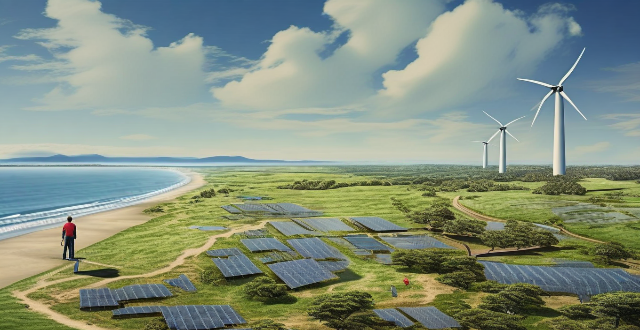
How do climate-related risks such as sea level rise and temperature increase affect energy production and distribution ?
Climate change poses significant risks to the energy sector, affecting both production and distribution. These risks include reduced power plant efficiency due to higher temperatures, changes in energy demand patterns, disruptions to infrastructure from sea level rise and extreme weather events, shifts in preferred energy sources, the need for adaptation and resilience efforts, and potential regulatory and policy changes aimed at reducing emissions and promoting renewables. Addressing these challenges requires a comprehensive strategy that encompasses both adaptation and mitigation measures to ensure a sustainable and resilient energy future.
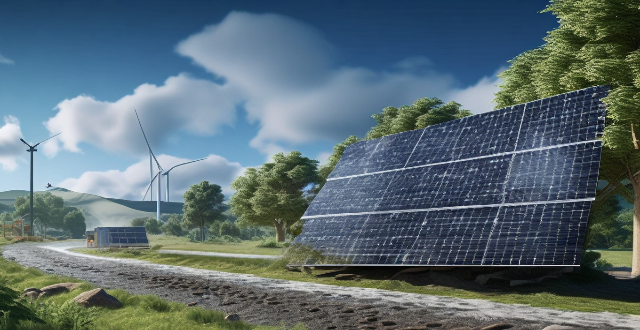
How does extreme weather impact energy infrastructure and what measures can be taken to improve resilience ?
The impact of extreme weather on energy infrastructure is significant, causing damage to power plants, transmission lines, and distribution systems. This can lead to power outages, fuel supply disruptions, infrastructure degradation, increased maintenance costs, and environmental concerns. To mitigate these impacts, proactive measures such as strengthening infrastructure, diversifying energy sources, upgrading technology, preparing for emergencies, and investing in microgrids can be taken. Reactive measures include rapid repair and recovery, emergency response teams, communication systems, insurance and financial aid, and lessons learned from each event. By implementing these measures, the resilience of energy infrastructure can be improved, minimizing negative impacts on society and the economy.
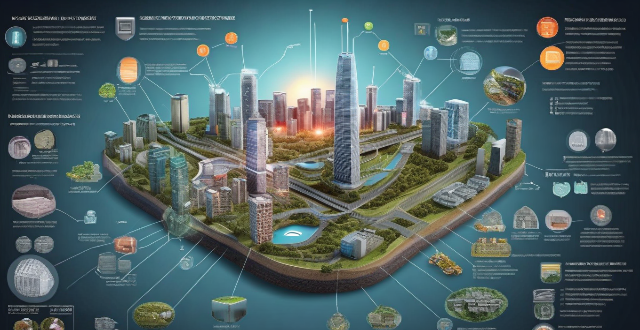
What is the future of nuclear energy in the energy market ?
The future of nuclear energy is promising, as it has advantages such as low carbon emissions, high energy density and baseload power. However, challenges like safety concerns, waste disposal, and high costs must be addressed. Increasing demand for clean energy, advances in technology, and integration with renewable sources can drive the growth of nuclear energy in the future.